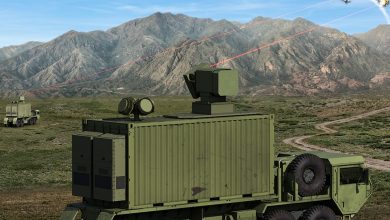Mankind has punched this asteroid! NASA shows how difficult it is in numbers

Potentially dangerous asteroids could pose a risk to planet Earth at any time. To avoid any dangerous situations and to deflect any asteroids approaching Earth, on September 26, 2022, NASA launched a deliberate Dual Asteroid Redirection Test (DART) spacecraft crashed into an asteroid called Asteroid Dimorphos, which successfully changed its orbit. The main goal of DART is to test NASA’s ability to change the direction of asteroids. The asteroid Dimorphos orbits another asteroid called Didymos. The Johns Hopkins University Applied Physics Laboratory says the distance between the centers of the two asteroids is 1.18 kilometers (0.73 miles).
Data from this mission will help inform researchers how to capable of redirecting the path of a threatening asteroid away from Earth, if necessary. The DART experiment also provides new insights into planetary collisions that may have been common in early times. solar system.
So, if you are wondering what happened after the collision, know that scientists have just revealed the same thing.
According to one report via Nature“The collision caused the asteroid’s orbit around another space rock to shrink — Dimorphos now completes its orbit 33 minutes faster than it did before impact.”
The report adds, “Currently, five studies in the journal Nature have described the final moments of the collision and its impact on the asteroid. One team has combined orbital data. of the spacecraft with images of the asteroid’s surface just before impact.As DART darted toward Dimorphos at more than 6 km/s, the first part to collide was one of the planet’s solar panels. it, this panel hit a 6.5 meter wide rock. DART worth 330 million US dollars fell to pieces.”
Amazingly, at least a million kilograms of rock from the 4.3 billion kilogram mass of Dimorphos was ejected as a result of the collision. NASA’s Hubble Space Telescope also captured a series of images of the asteroid Dimorphos as it was deliberately hit by a 1,200-pound NASA spacecraft.
Hubble’s time-lapse film of the aftermath of the DART collision shows hour-by-hour changes as dust and debris are flung into space. “Striking straight into the asteroid at 13,000 miles per hour, the DART collider blasted more than 1,000 tons of dust and rock off the asteroid,” NASA said in an earlier report.
The film shows three overlapping stages of impact consequences: ejecta cone formation, the spiraling spiral of debris entrapped in the asteroid’s orbit about its companion asteroid, and the tail being swept behind the asteroid by the pressure of sunlight (like a wind sock). caught in a light breeze).




